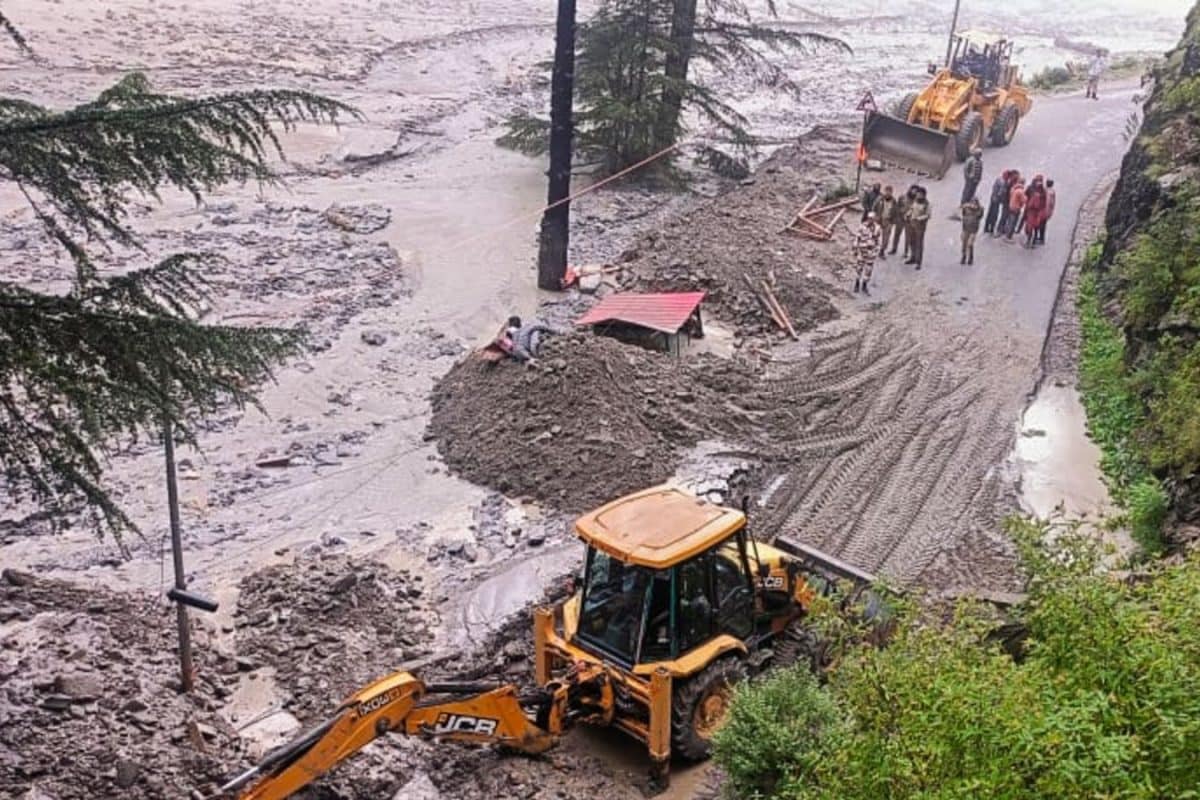

Uttarakhand is grappling with yet another devastating natural disaster, a grim reminder of the region's vulnerability and the recurring challenges it faces in mitigating such catastrophes. On August 5, 2025, a cloudburst over the Kheer Ganga river in Uttarkashi district triggered a flash flood that swept through Dharali village and surrounding areas, leaving a trail of destruction. As of August 6, 2025, at least four people have been confirmed dead, and over 100 are feared missing, with the possibility of many being trapped under debris.
The intensity of the deluge washed away homes, hotels, and other infrastructure, plunging the affected areas into chaos. Initial reports suggest that at least 50 hotels were submerged or washed away, along with 40-50 houses. The suddenness of the event caught many off guard, with dramatic visuals showing the sheer force of the water tearing through the landscape. A portion of the Harsil Army camp was also damaged, and nine soldiers were reported missing. The disaster has disrupted connectivity to Gangotri Dham, impacting the Char Dham Yatra. Landslides have blocked 163 roads across the state, including national highways, impeding rescue efforts.
Rescue operations are underway, involving the Indian Army, Indo-Tibetan Border Police (ITBP), National Disaster Response Force (NDRF), and State Disaster Response Force (SDRF). Army personnel have been deployed with tracker dogs, drones, and earthmoving equipment to aid in evacuation and supply delivery. However, heavy rainfall and hazardous terrain are hindering these efforts. The India Meteorological Department (IMD) had issued warnings for heavy rainfall, but the cloudburst's localized and intense nature made it difficult to prevent the disaster.
This recent event is not an isolated incident. Uttarakhand has a history of natural disasters, including the catastrophic 2013 floods, which claimed thousands of lives. The state's fragile ecosystem, coupled with increasing developmental pressures, makes it highly susceptible to such calamities. Unplanned construction, deforestation, and the rampant growth of tourism contribute to the destabilization of the region. The recurring nature of these disasters raises serious questions about the effectiveness of disaster management strategies and the implementation of sustainable development practices in Uttarakhand.
The state government has announced relief measures and is working to restore connectivity and provide essential supplies to the affected areas. Chief Minister Pushkar Singh Dhami has surveyed the area and assured assistance. However, long-term solutions are needed to address the underlying causes of these disasters. These include stricter enforcement of building codes, improved land-use planning, investment in early warning systems, and greater community participation in disaster preparedness. Furthermore, there needs to be a greater emphasis on ecological conservation and sustainable tourism practices to protect the delicate balance of the Himalayan region. The events in Uttarakhand serve as a stark reminder of the urgent need for proactive and comprehensive disaster management strategies to safeguard lives and livelihoods in vulnerable regions.